
Helium leak testing is the process of detecting leaks in various sealed systems by utilizing helium as a “tracer” gas, and then measuring its concentration as it escapes through the leakage points. One example of a sealed system is a vial, which consists of a container and an elastomeric closure. In this method, the vial is filled with helium and subjected to a vacuum. The amount of helium that escapes from the package is measured quantitatively, and this measurement is expressed as a leak rate.
Other examples of package systems that can be evaluated using helium leak detection include prefilled syringes, foil pouches, and cold form blister cards. Each of these packaging types is designed to securely contain the drug product while preventing the entry of any harmful environmental contaminants, such as debris, microorganisms, or gases. The helium leak detection method offers the required sensitivity to assess each of these packaging systems effectively.
The Helium Leak Detection Technology offers several advantageous qualities that make it an ideal choice for package leak testing:
The PTI’s Seal Integrity Monitoring System (SIMS) 1915+ is a highly recommended choice for a helium-based leak detection system. Compared to conventional vacuum bubble and dye penetration test methods, this system allows for quantitative testing using helium as the tracer gas, resulting in higher levels of accuracy. This approach enables comparisons between different packaging materials and production line settings, supporting the entire lifecycle of the products.
The LDA SIMS 1915+ has a wide range of applications, including package design, tooling qualification, production line setup, and continuous product quality monitoring. It is versatile and can accommodate various package types, such as cold form blister cards, foil pouches, parenteral vials, syringes, pre-filled syringes, and unique medical devices.
Each SIMS 1915+ Helium Leak Testing instrument is tailored to the specific requirements of the client. The instrument build specifications are determined based on factors like the type of package being tested, size, closure type, and the country where the instrument will be installed. Providing a schematic of the package or device can be helpful in optimizing the test system.
Designed specifically for the pharmaceutical and medical device industries, the SIMS Model 1915+ is a helium-based leak testing system featuring an oil-free pump, detector, and integrated power system. It allows quantitative analysis of package systems with sensitivity levels as low as 1 x 10^-10 cc/s at room temperature
Additionally, calibrated helium leak standards are available to support routine use, daily performance verification, system suitability checks, and scheduled qualifications. The SIMS 1915+ includes an internal helium leak standard calibrated to release a specific concentration of helium corresponding to a known leak rate. It is automatically used by the instrument each day of use or on demand for a point-of-use autocalibration prior to analysis.
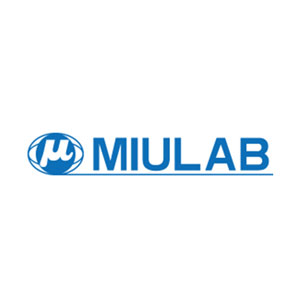
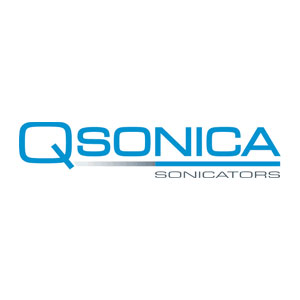
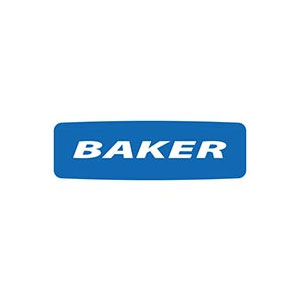

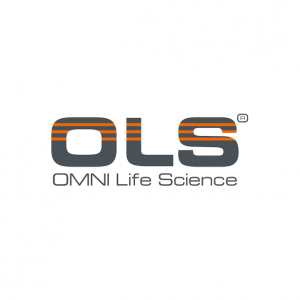
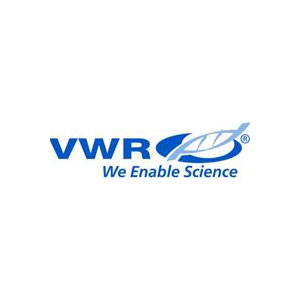
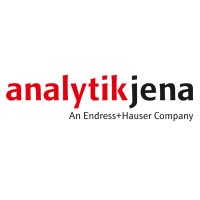
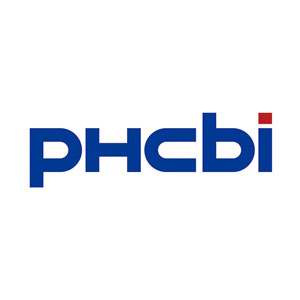


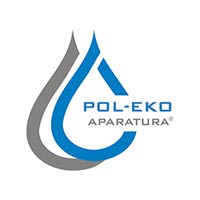
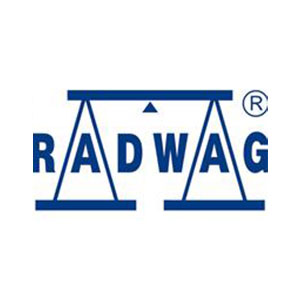
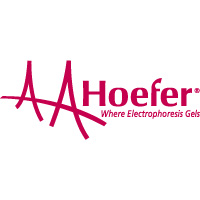





17 Hamefalsim St., Kiryat Arieh Industrial Zone, Petah Tikva, Zip Code 49130